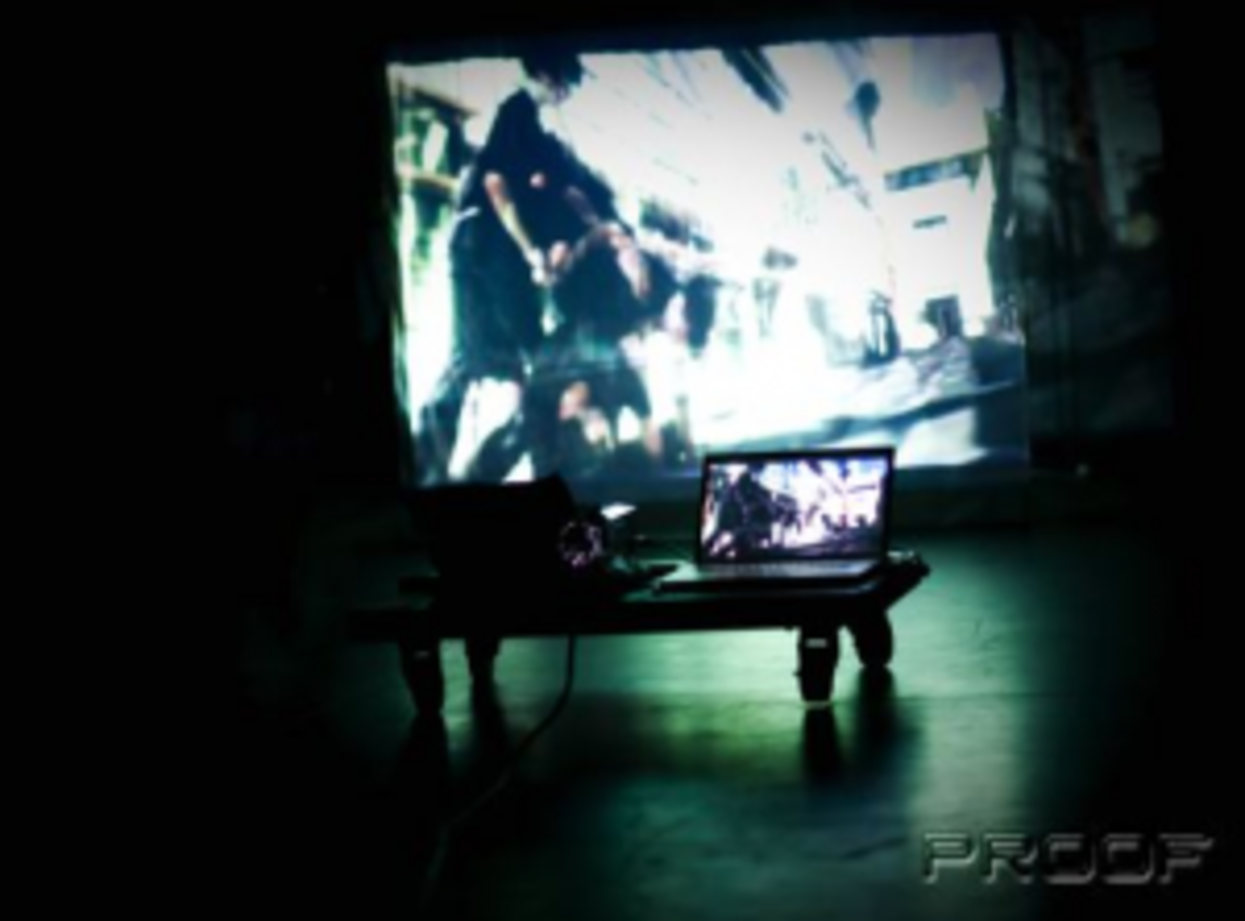Media-based Choreography

Ashley Ferro-Murray
Ph.D. student at the University of California, Berkeley in Theater, Dance, Performance Studies with a Designated Emphasis in New Media.
Dance scholarship often poses a question: how do technology and digital culture affect the body, movement, and performance? What happens when we reposes this question from a different angle: how do the body, movement, and performance affect technology? In other words, how can choreography effect a shift in awareness and understanding of digital culture, while enabling a critique of the digital subject? Different performance methods touch upon distinct aspects of movement in a digital age.
Artists can decontextualize ordinary technological devices and processes to reveal and re-write culturally specific movement identities embedded in the object. Instead of a telecommunication device, a cell phone is a sensor to track movement with GPS or accelerometer data. Where a video camera and digital projector ordinarily record and broadcast visual material, they reveal what is invisible to digital culture. By paying close attention to the movement associated with a digital device, the choreographer critiques and re-invents the use of the apparatus. This creates a somatic dissonance that allows for the choreographic re-shaping of a kinesthetic relationship to digital culture. There are two artistic methods that lead to this defamiliarization. One technique is to physically engage a “user” (choreographer, performer, or even audience member) in movement to affect a technical device. The second technique is to use a device in unexpected ways in order to produce a change in body movement. In either case, the choreography stages a kinesthetic and potentially somatic interaction that awakens awareness of an everyday body-technology experience. The choreography displays the same media that the user might ordinarily encounter to assert a different context, use, and, therefore, body-technology relationship. Thus, the choreographed movement is tactical.
The potential for what I call “tactical movement” is a theoretical and historical reading of media-based choreography. No one artist directly embodies this description nor necessarily identifies with my prescription. Instead, there are artists working on, around, and between the focus and practice that I’ve delineated. These artists inspire a reflection on the ways that early experiments in radical choreographies and media projects manifest themselves in a contemporary moment.
